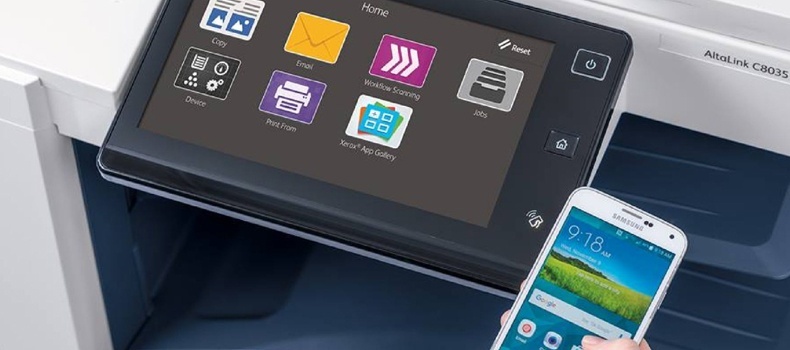Stay up to date with our latest news and insights
Supporting description on the types of content that feature in the blog.

“By 2020 millennials are forecast to make up 35 percent of the global workforce.” (The millennial moment — in charts, Financial Times).
Born in the 80s and 90s, millennials are fast becoming a majority in the workplace, and as they do, business strategies, technology and cultures are changing to suit them. You’ll often read that millennials and the next generation of workers are pushing for a better work/life balance, more flexible and mobile working and a push on corporate social responsibility.
But that’s not all. The way we’re using technology has also changed in business, from the increased use of tablets, smartphones and wireless technology through to the user interfaces on office devices themselves.

To some extent, this is just a natural development of business technology, but as with all advancements and upgrades, it’s being driven by the users and want they want to see. As millennials have grown up with technology and become more familiar with using app-based devices, it’s not uncommon to see the same style user interfaces on a daily basis in the office.
From coffee machines to televisions and monitors, we’ve become consumed by squares on a screen that allow different functions and actions, and printing is no different.
Xerox’s AltaLink and VersaLink products feature ConnectKey, a tablet-like user interface and functionality that allows you to configure jobs and use the printer in the same way you would a tablet.
While the idea might be appealing to the next generation of workers, it’s also offering advantages to all that use the technology as the functionality and applications that are provided can have a big impact on productivity and efficiency of printing processes.
The printer applications include all sorts of options from document translation services to the ability to scan documents directly to cloud storage services. They are also helping to keep printing processes more secure, for example, by preventing documents from being released until the right user is at the device.
Millennials “have grown up with devices in their hands and the World Wide Web at their fingertips. And they are making their mark on the workplace through technology.” (How App-ification is Your Key to Next-Generation Workers, Xerox)
With this in mind, printers of the future will likely continue to ‘app-ify’ their user interfaces and offer smart applications that go beyond just printing or scanning a document. We’re already seeing this with the likes of Xerox’s ConnectKey, but maybe that’s just the beginning.
Supporting description on the types of content that feature in the blog.

20-09-2024
Digital document management tools offer a range of compelling benefits for businesses, including a PDF editor, a file converter and a form generator. You can also integrate with digital signatures qui...

20-09-2024
When choosing a SaaS software to deal with your company’s PDF documents and enable forms to be digitally sent and signed, you’ll want a product that’s user-friendly and easy to use. With Tungsten’s Po...

11-07-2024
Belkin is a global technology company that provides high-quality electronics products, from wireless chargers to power banks. Their people-centric approach and best-in-class functionality have positio...